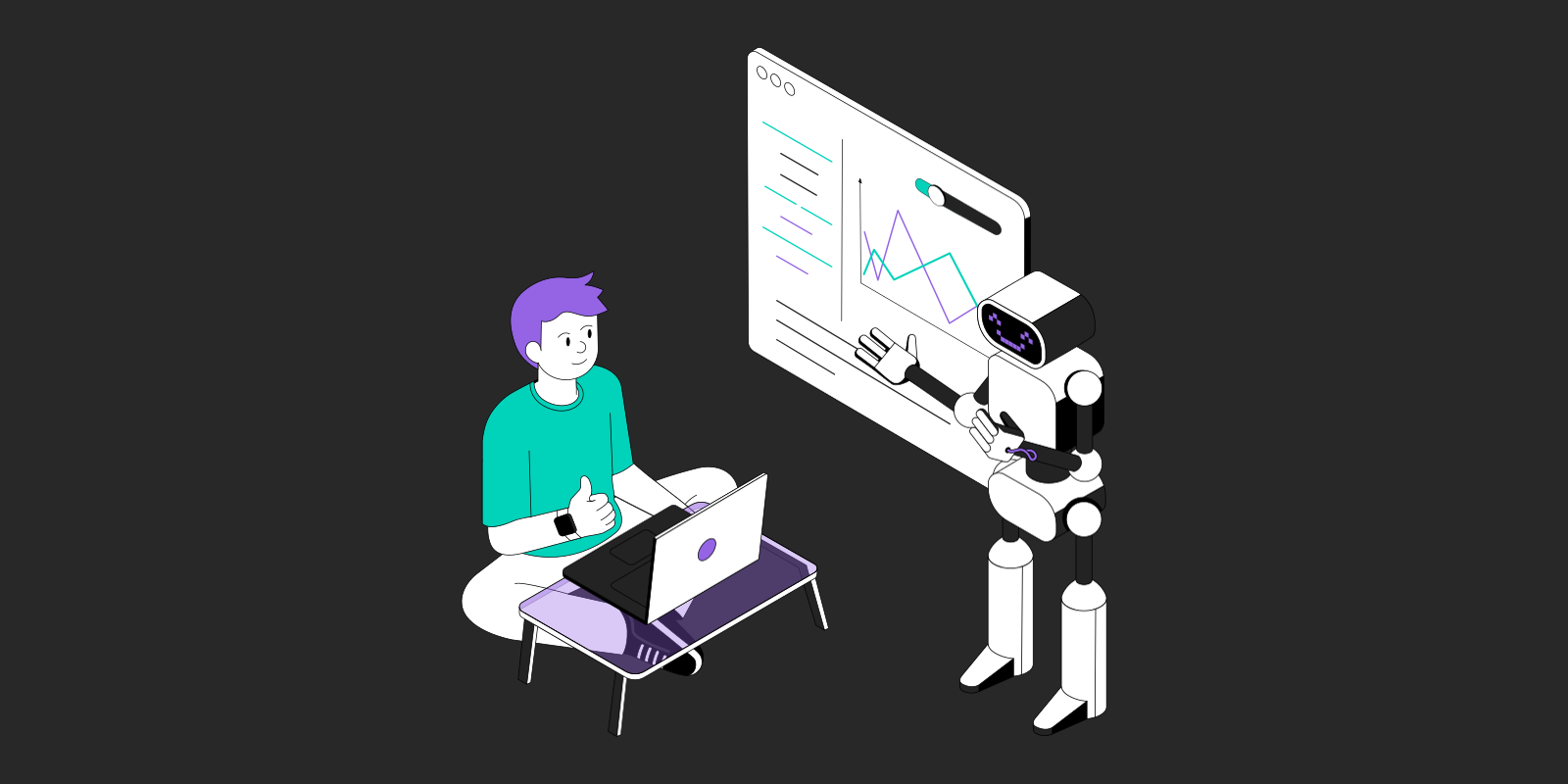Introduction
Sales training is critical for maintaining an edge in the competitive world of sales. Continuous learning and effective training are essential, but traditional methods often fall short in engaging and motivating sales teams. Enter gamification: a dynamic approach that integrates game elements into training processes to enhance motivation, engagement, and performance.
The Power of Gamification in Sales Training
- Increased Engagement: Gamification transforms mundane training sessions into interactive experiences. Sales reps are more likely to participate actively when training involves elements like points, leaderboards, and rewards. This heightened engagement leads to better retention of information and skills.
- Motivation Through Competition: Salespeople are naturally competitive. Gamified training leverages this trait by incorporating competitive elements such as leaderboards and challenges. This not only makes training fun but also motivates sales reps to outperform their peers, driving higher levels of effort and achievement.
- Real-Time Feedback: One of the significant advantages of gamified training is the immediate feedback it provides. Sales reps can see their progress in real-time, understand areas where they excel, and identify aspects that need improvement. This instant feedback loop fosters continuous learning and improvement.
- Personalized Learning Paths: Gamification allows for the creation of personalized learning experiences. Training modules can be tailored to address the specific needs and weaknesses of individual sales reps, making the learning process more effective and efficient.
- Objectives and Updates: Gamified training can clearly define objectives and provide regular updates on progress. By setting specific goals and milestones, sales reps can track their achievements and stay focused on their targets. Regular updates and progress reports keep the training dynamic and ensure that sales reps remain motivated and aligned with their learning objectives. Find out how you can do this here: https://www.moregamification.com/employee-engagement/
Key Components of Gamified Sales Training
- Challenges and Quests: Structuring training modules as challenges or quests can make learning more engaging. Sales reps can embark on missions that mimic real-world sales scenarios, allowing them to apply their knowledge and skills in a simulated environment.
- Leaderboards: Displaying leaderboards that rank sales reps based on their performance in training activities fosters a sense of competition. It encourages reps to improve their performance to climb higher on the leaderboard, thereby enhancing their skills in the process.
- Badges and Rewards: Recognizing and rewarding achievements is crucial in maintaining motivation. Badges, certificates, and tangible rewards for completing training modules or achieving high scores can drive sustained engagement and effort.
- Progress Tracking: Providing a visual representation of progress, such as progress bars or achievement levels, helps sales reps stay motivated. Seeing how far they’ve come and what they need to do next keeps them focused and driven.
Real-World Success Stories
- SAP: SAP implemented a gamified training program called “Roadwarrior” to train their sales force. The program included simulations, missions, and leaderboards. As a result, SAP saw a significant increase in user engagement and a 12% increase in sales performance within the first few months (Wellable).
- Deloitte: Deloitte used gamification to enhance their Leadership Academy, an online training program for senior executives. The gamified approach, which included badges and leaderboards, increased user engagement by 47% and improved knowledge retention and course completion rates (SelectHR Reviews).
- Cisco: Cisco introduced gamification into their social media training program for employees. By incorporating game mechanics such as points, badges, and leaderboards, Cisco saw a 24% increase in course completion rates and a significant improvement in employee engagement (Techjury).
- Xerox: Xerox implemented a gamified training platform called “The Game” to train their global sales team. The platform included competitive challenges, quizzes, and rewards. The result was a 10% increase in sales productivity and a more engaged and motivated sales force (Matter Rewards).
- HP: HP used gamification to train their sales team on new products and services. The gamified training included interactive quizzes, leaderboards, and rewards for top performers. This approach led to a 15% increase in sales and a higher level of product knowledge among the sales team (Engagement Multiplier).
Best Practices for Implementing Gamified Sales Training
- Start Small: Begin with a pilot program to test the effectiveness of gamified training. Gather feedback from participants and make necessary adjustments before rolling it out company-wide.
- Align with Business Goals: Ensure that the gamification elements are aligned with the overall business objectives. The training should focus on developing skills and knowledge that directly contribute to achieving sales targets.
- Continuous Improvement: Regularly update the training modules to keep them relevant and engaging. Incorporate feedback from sales reps to improve the training experience continually.
- Measure Success: Track key metrics such as training completion rates, sales performance, and engagement levels to measure the impact of gamified training. Use these insights to refine and optimize the training program.
Conclusion
Gamification is revolutionizing sales training by making it more engaging, motivating, and effective. By integrating game elements into training processes, companies can enhance the learning experience, improve knowledge retention, and ultimately drive better sales performance. Embrace gamification in your sales training strategy and watch your sales team reach new heights of success. Take a look at the Products section on our website if you wish to find out more about our services.


